Market Trends
Key Emerging Trends in the Military Body Armor Market
The increase in terrorism and hostile activities around the world is one of the main factors driving the military body armor industry. Governments and nations are greatly enhancing their defense as a result. Additionally, a number of territorial wars have in the past led to a rise in military actions. Many nations are investing in vests, bulletproofs, and contemporary military body armor for their soldiers to give them more protection. For example, KDH Defense Systems Inc. said in 2019 that it had been awarded two contracts at $40 million and a contract worth $29.9 million by the US Army. Additionally, as military depots proliferate globally, the demand for military body armor has grown, driving the market's compound annual growth rate.
The military body armor market is undergoing significant trends driven by advancements in materials, technology, and evolving threat landscapes. One key trend is the development of lightweight and high-performance body armor solutions. Manufacturers are investing in advanced materials, such as aramid fibers, ceramics, and composite materials, to create armor that provides enhanced protection without compromising mobility. This trend aligns with the military's focus on equipping personnel with body armor that offers superior ballistic resistance while minimizing the burden on soldiers, enabling them to maintain agility and effectiveness in the field.
Moreover, there is a growing emphasis on the integration of smart technologies in military body armor. Smart armor systems incorporate sensors and connectivity to monitor the wearer's vital signs, provide real-time situational awareness, and even offer medical assistance in case of injuries. This trend reflects the increasing convergence of technology and defense, enhancing the capabilities of military personnel and improving their survivability on the battlefield.
The market is witnessing a shift towards modular and customizable body armor solutions. Modular systems allow soldiers to adapt their protection based on mission requirements, incorporating or removing components as needed. This trend caters to the diverse operational scenarios faced by modern military forces, providing flexibility and versatility in body armor configurations for different mission profiles.
Furthermore, there is a trend towards the integration of additional functionalities into military body armor, beyond ballistic protection. Manufacturers are exploring the incorporation of features such as communication systems, hydration, and load-bearing capabilities directly into the armor. This trend contributes to reducing the overall load carried by soldiers and streamlining their gear, enhancing their operational efficiency and endurance in the field.
The market is also witnessing advancements in the design of female-specific body armor to address the unique anatomical considerations of female soldiers. As the role of women in the military expands, there is a growing recognition of the need for body armor that provides optimal protection while ensuring comfort and proper fit for female personnel. This trend reflects a commitment to inclusivity and meeting the specific requirements of diverse military forces.
Additionally, there is an increasing focus on the development of transparent and flexible armor solutions. Transparent armor, often made from materials like polycarbonate, provides ballistic protection while allowing soldiers improved situational awareness. Flexible armor, incorporating soft and pliable materials, enhances comfort and mobility without compromising protective capabilities. This trend addresses the demand for advanced armor solutions that balance protection with the need for visibility and flexibility in various operational environments.
The impact of asymmetric and unconventional threats has influenced trends in the military body armor market. As military operations increasingly involve urban and irregular warfare, there is a greater emphasis on body armor solutions that offer protection against a wider range of threats, including explosive devices and fragmentation. This trend highlights the evolving nature of modern conflicts and the need for comprehensive protection for military personnel.

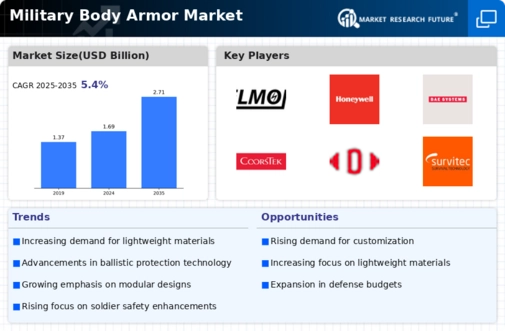
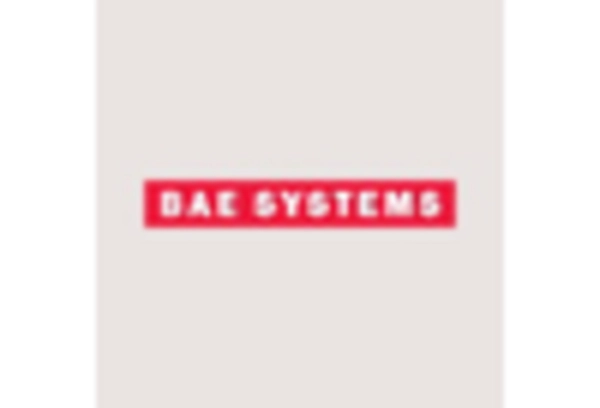
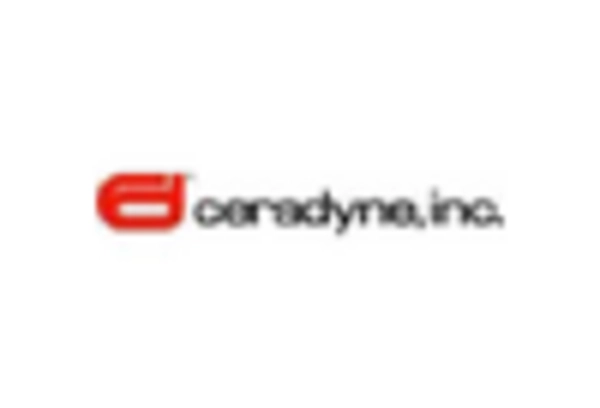

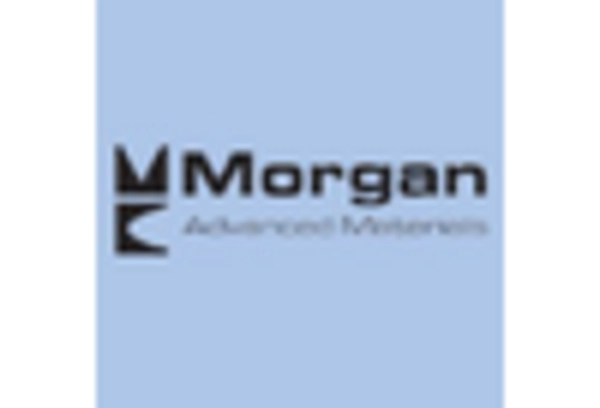
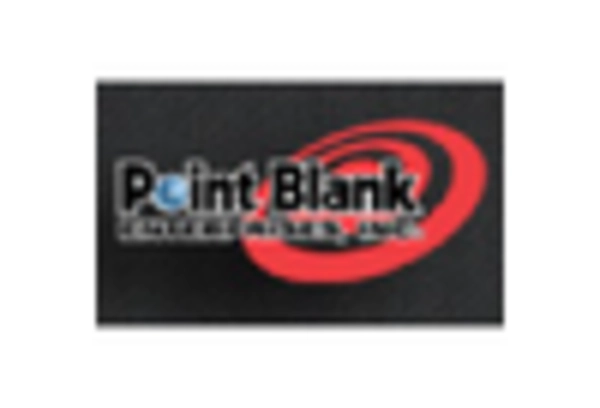
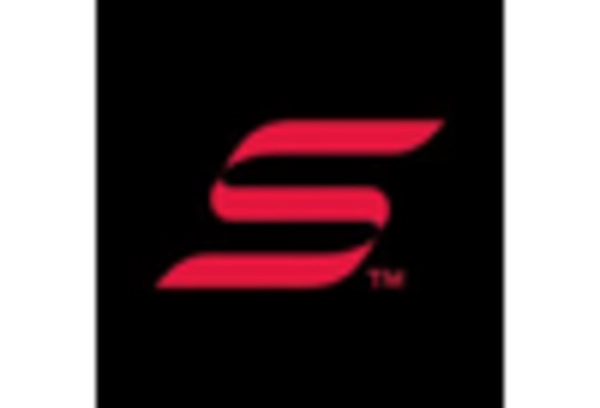









Leave a Comment